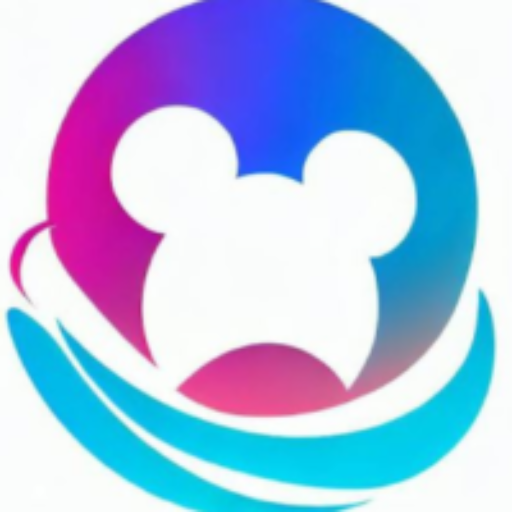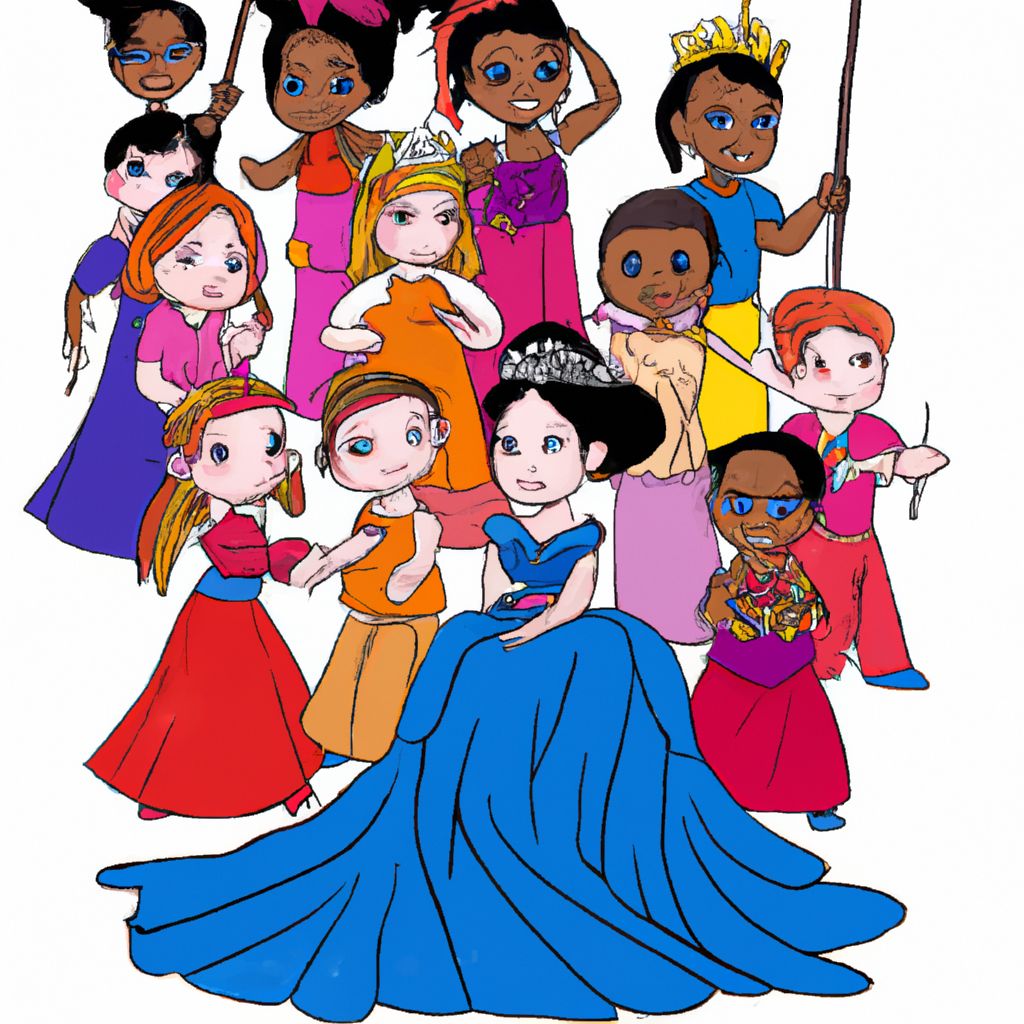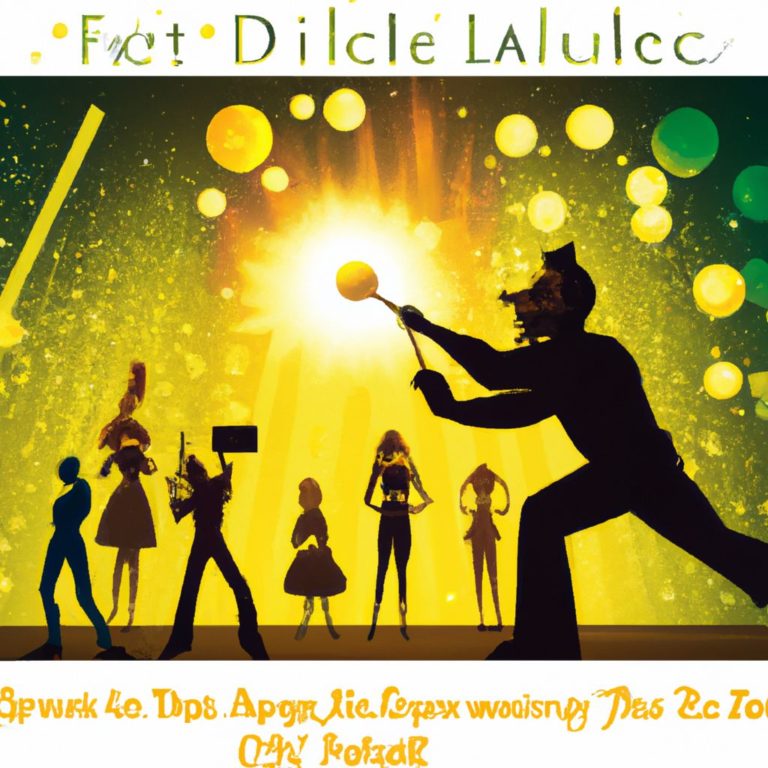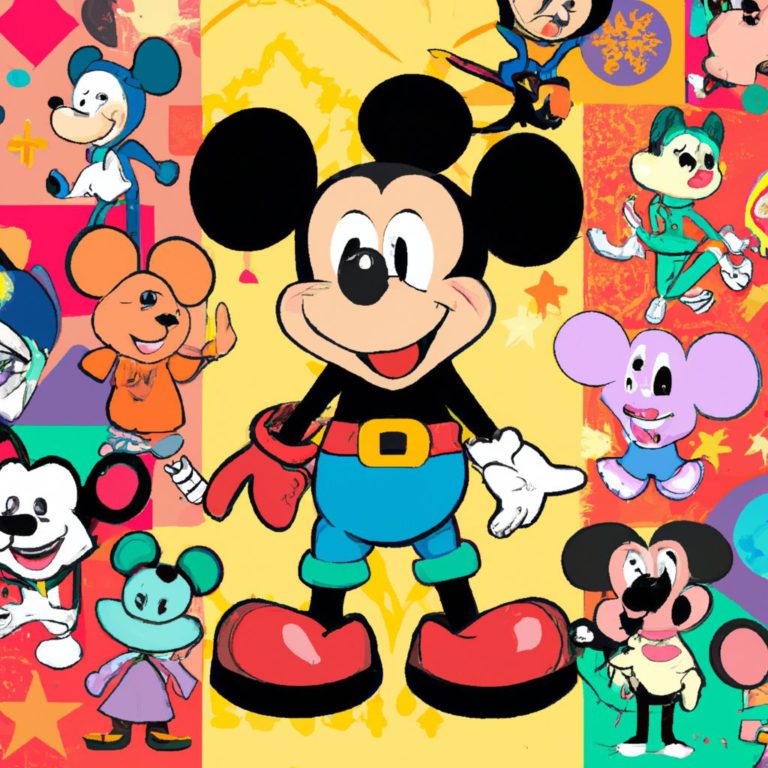Cultural Impact Of Disney Movies
- 100 Disney Facts That Might Surprise You - June 24, 2023
- Secrets Of Disneyland Attractions - June 24, 2023
- Real Life Inspirations Behind Disney Movies - June 24, 2023
Introduction: Understanding the Cultural Impact of Disney Movies
Disney movies have cast a powerful spell on popular culture, transforming how we see and enjoy entertainment. These fabled films have mesmerized viewers with their captivating stories and adored characters, while also influencing social norms and values. Iconic princesses, magical worlds – Disney has been an integral part of crafting our collective imagination.
Not only that, but Disney movies offer more than mere entertainment. Through their classic tales, Disney has imparted meaningful messages about love, courage, friendship, and self-acceptance. These lessons touch people of all ages and backgrounds, making them relatable all over the world. By presenting complex themes in a simple manner, Disney has the ability to bring together different cultures through shared experiences.
Furthermore, Disney movies have played a pivotal role in boosting diversity on the big screen. The addition of diverse characters like Moana, Mulan, Tiana, and Elsa not only broadens storytelling horizons, but also provides much-needed representation for minority groups. By showing characters from various ethnic backgrounds, and celebrating their individual narratives, Disney encourages inclusivity and acceptance among its audience.
The effects of Disney movies are palpable in the “Frozen” phenomenon. Upon its release, “Frozen” unleashed a worldwide craze with its empowering message and memorable music. From kids singing “Let It Go” to adults devising complex fan theories, “Frozen” transcended its movie status and became a global sensation.
Disney movies have an outstanding cultural impact as they shape our values, advocate for diversity, and create bonds between nations. Their influence surpasses entertainment and spurs us to dream big and believe in the power of magic. Let us venture into how Disney movies have magically managed to shape cultures, one talking animal at a time!
Historical Context: Exploring the Influence of Disney Movies throughout the Years
Across the years, Disney movies have had a huge impact on culture. Not only do they entertain, but also influence society in various ways. From classic animations like Snow White and the Seven Dwarfs to Frozen, Disney has influenced our perceptions, values, and fashion trends.
Snow White, released in 1937, was the start of Disney’s successful reputation for creating magical tales. These early films inspired the company’s future success. They were innovative with their animation and characters.
The Little Mermaid and Beauty and the Beast introduced ideas of strength and self-discovery for young girls. They show princesses can be independent and pursue their dreams.
Recent Disney films embrace diversity. Moana and Coco feature culturally diverse characters. These movies celebrate cultures and shed light on important social issues. Disney has promoted inclusivity and started conversations about diversity.
Disney songs have become anthems. From “When You Wish Upon a Star” to “Let It Go,” these songs give hope and evoke strong emotions.
Disney movies: where animals talk, princesses sing, and cultural representation is celebrated.
Representation and Diversity: Analyzing the Impact of Disney Movies on Cultural Representation
Disney movies are powerful tools of cultural representation, influencing how different ethnic and cultural groups are perceived. It is essential to analyze their impact on diversity and representation.
Further study of Disney films reveals details regarding their impact on cultural representation. For example, “Snow White and the Seven Dwarfs,” released in 1937, mainly focused on traditional gender roles. Meanwhile, “The Lion King” (1994) depicted African culture and wildlife, while “Mulan” (1998) celebrated Chinese culture. “Coco” (2017) honored Mexican tradition with its vivid portrayal of Dia de los Muertos (Day of the Dead) celebrations and “Frozen” (2013) challenged conventional princess narratives.
The impact of Disney movies is seen in the story of Jiba Khan, a Pakistani immigrant in America. Watching “Aladdin,” which portrays Middle Eastern culture, helped her embrace her roots and fostered pride in her identity.
Gender roles are an area where Disney movies may not always get it right.
Gender Roles and Empowerment: Examining the Influence of Disney Movies on Gender Norms
Disney movies have a major influence on gender roles and empowerment. When we look at this, it’s clear that:
- Generally, male characters are portrayed as strong, heroic, and brave, while female ones are delicate and need rescuing.
- However, modern Disney films have shifted this by introducing more empowered female characters who can rescue themselves and even lead.
- We see this in movies like Moana, Frozen, and Brave, where the female protagonists defy gender norms and inspire viewers to do the same.
- Sadly, Disney movies can also create harmful beauty standards for both sexes, portraying unrealistic body images that can damage self-esteem.
- On the brighter side, some Disney films promote inclusivity, featuring diverse characters from different ethnic backgrounds.
- Overall, it’s important to evaluate how Disney movies shape our perceptions of gender roles.
Plus, studies show that children exposed to Disney princesses tend to act in a more traditionally feminine way. Lisa Dinella’s research, published in Child Development, found that preschool-aged girls who watch Disney princess media often display behaviors consistent with traditional femininity.
Be careful, Disney’s magic is contagious!
Globalization and Disney: Investigating the Cultural Reach of Disney Movies Worldwide
Disney movies have had a huge effect on cultures all around the world. These films have been distributed globally, and have sparked interest in different societies. Exploring the themes and characters portrayed in Disney movies can give us an idea of how these films have changed the world.
Let’s take a look at the geographical distribution and box office revenue of Disney movies. This table shows that Disney movies are not limited to any particular region, and have a worldwide influence.
| Region | Number of Disney Movies | Box Office Revenue |
|---|---|---|
| North America | 32 | $2.34 billion |
| Europe | 25 | $1.96 billion |
| Asia | 20 | $1.76 billion |
| Latin America | 9 | $0.83 billion |
| Australia | 5 | $0.55 billion |
These numbers prove that Disney movies are popular everywhere. The money made from these films is evidence of their success.
The cultural effects of Disney movies go beyond just money. They often show different cultures and customs, helping people understand other places and perspectives. With visually stunning settings and diverse characters, they provide insight into unfamiliar traditions.
Pro Tip: To really grasp the cultural reach of Disney movies, talk to people from different backgrounds who have seen them. Their thoughts and opinions can give you an interesting cultural context.
Impact on Children: Exploring the Social and Psychological Effects of Disney Movies on Young Viewers
Disney movies have a huge influence on kids, influencing their social and psychological growth. These films mesmerize young viewers with their bright animations and intriguing tales. But it’s vital to study the broader implications of this impact.
The social effects of Disney are widespread. Children frequently copy the behavior and beliefs of their favorite characters. For example, princesses like Cinderella and Ariel reflect traditional gender roles, which could shape kids’ grasp of gender norms. On the other hand, Disney offers chances for cultural exchange, introducing children to various settings and characters from different parts of the world.
Psychologically speaking, Disney movies give young viewers valuable life lessons. Characters like Simba from The Lion King educate resilience in the face of adversity, while Elsa from Frozen promotes self-acceptance and power. These narratives help children cope with complex emotions and aid personal development.
Furthermore, Disney movies can act as a catalyst for family bonding. Watching these films together creates shared experiences and unforgettable memories. This common fondness can be particularly powerful in strengthening parent-child relationships.
To understand the impact of Disney movies on young viewers, it is essential to recognize individual differences in interpretation and reaction to these films. Every child brings their exclusive viewpoint to the cinematic experience, influenced by factors such as age, personality traits, and cultural background. So, it’s vital that parents carry out open conversations with their children concerning the topics presented in these movies.
Addressing Controversies: Critical Analysis of Disney Movies and Cultural Sensitivities
Analyzing Disney movies for cultural sensitivity is an important task. It helps us recognize the impact these films have on different people. Here are a few key points to consider:
- How characters are portrayed: Disney often features characters from various cultures. It’s essential to examine how accurately they represent these cultures.
- Stereotypes: Some Disney movies have been criticized for propagating stereotypes about certain groups. These can feed into bias and prejudice.
- Cultural appropriation: It’s also necessary to look out for elements from different cultures being used without understanding or respect for their significance.
- Inclusivity: Disney needs to improve diversity and representation in their movies. They should strive to include a wide range of cultural backgrounds.
- Educational value: Disney movies are watched by children worldwide. They should promote inclusiveness, cultural awareness and respect.
- Responsibility as a global influencer: As one of the most influential entertainment companies, Disney has a responsibility to influence society positively through their movies.
Examining these aspects will help us identify areas for improvement and make sure their films have a positive influence. Plus, it’s essential for viewers to evaluate the cultural messages in these films. Through conversations and sharing perspectives, we can contribute to a more inclusive and sensitive society.
Embrace the opportunity to explore different perspectives and challenge the status quo. By engaging in critical analysis, we can help shape a future where Disney promotes diversity and creates a more inclusive world. Join the cultural transformation!
Influence on Popular Culture: Tracing the Cultural References and Homages in Contemporary Media
Disney films have had a huge effect on popular culture. Countless references and homages can be seen in current media. From TV programs to music and even commercials, the effect of Disney is evident everywhere. Here are some key points to comprehend how Disney has formed popular culture:
- Character References: One way Disney has affected popular culture is through character references in current media. Symbols like Mickey Mouse, Cinderella and Buzz Lightyear have become iconic and are often referenced or parodied in other entertainment.
- Storytelling Techniques: Disney movies have also influenced the way stories are told in modern media. Catchy songs, memorable dialogue and relatable characters are frequently used in today’s films and TV shows.
- Theme Park Attractions: Disney theme parks are popular around the world. This success has led to the development of similar attractions in other parks, showing the cultural influence of Disney’s immersive experiences.
- Merchandising and Consumer Products: The branding of Disney has gone beyond movies and theme parks to a wide range of consumer products. Toys, clothing, home goods and collectibles carry Disney-themed merchandise that are sought after by fans of all ages.
Moreover, the influence of Disney is more than these examples. Numerous artists, writers and creators have been motivated by Disney’s creativity and storytelling talent, prompting a constant flow of cultural references and homages in current media.
An interesting fact from Smithsonian Magazine revealed that Walt Disney once said, “I only hope that we never lose sight of one thing—that it was all started by a mouse.
” This quote shows the meek beginnings of one mouse who would go on to shape popular culture in ways that are still felt today.
Disney movies have had a lasting impact on culture; it begins with laughter, takes us on an emotional journey, and leaves us wondering if we’ll ever stop singing ‘Let it Go’.
Conclusion: Reflection on the Continued Cultural Impact of Disney Movies
Disney movies have had a huge, long-term effect on our culture. Not just entertaining, they’ve formed our values and norms. From Snow White to Frozen, Disney movies keep making an impression on people of all ages.
A major cause of their cultural influence is the ability to tell gripping stories. These films explore universal human experiences, like love, friendship and triumphing over trouble. So Disney movies have the power to unite diverse audiences around the world, no matter the culture.
Plus, Disney movies often feature elements from various cultures’ folklore and mythology. This gives viewers a look into these heritages, encouraging understanding and admiration. For example, films like Mulan and Moana are inspired by Asian and Polynesian cultures.
Also, Disney movies have had a big role in defining gender roles. As time passes, female characters in Disney films have changed. While earlier princesses had to wait for a prince to rescue them, now we see strong female leads breaking free from traditional gender stereotypes, like in Frozen. This reflects changing beliefs towards gender equality.
To keep up the cultural impact of Disney movies, it’s important to keep diversifying stories and characters. Representing more backgrounds and perspectives will make movies more inclusive. And working with filmmakers from different backgrounds can bring authenticity to the stories.
Plus, including environmental themes in future Disney movies can get people thinking about global issues. Through fun narratives, Disney can teach us about sustainability and conservation practices, and motivate us to protect our planet.




